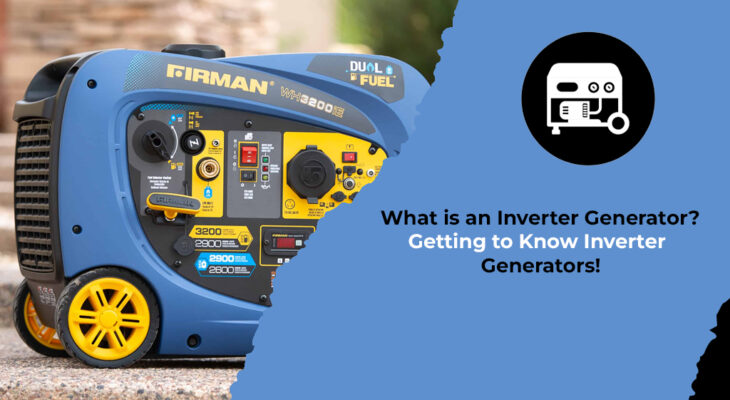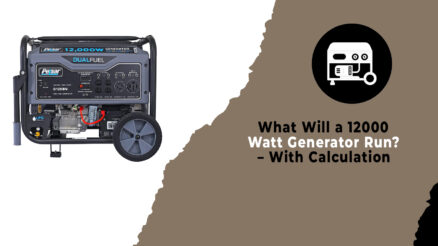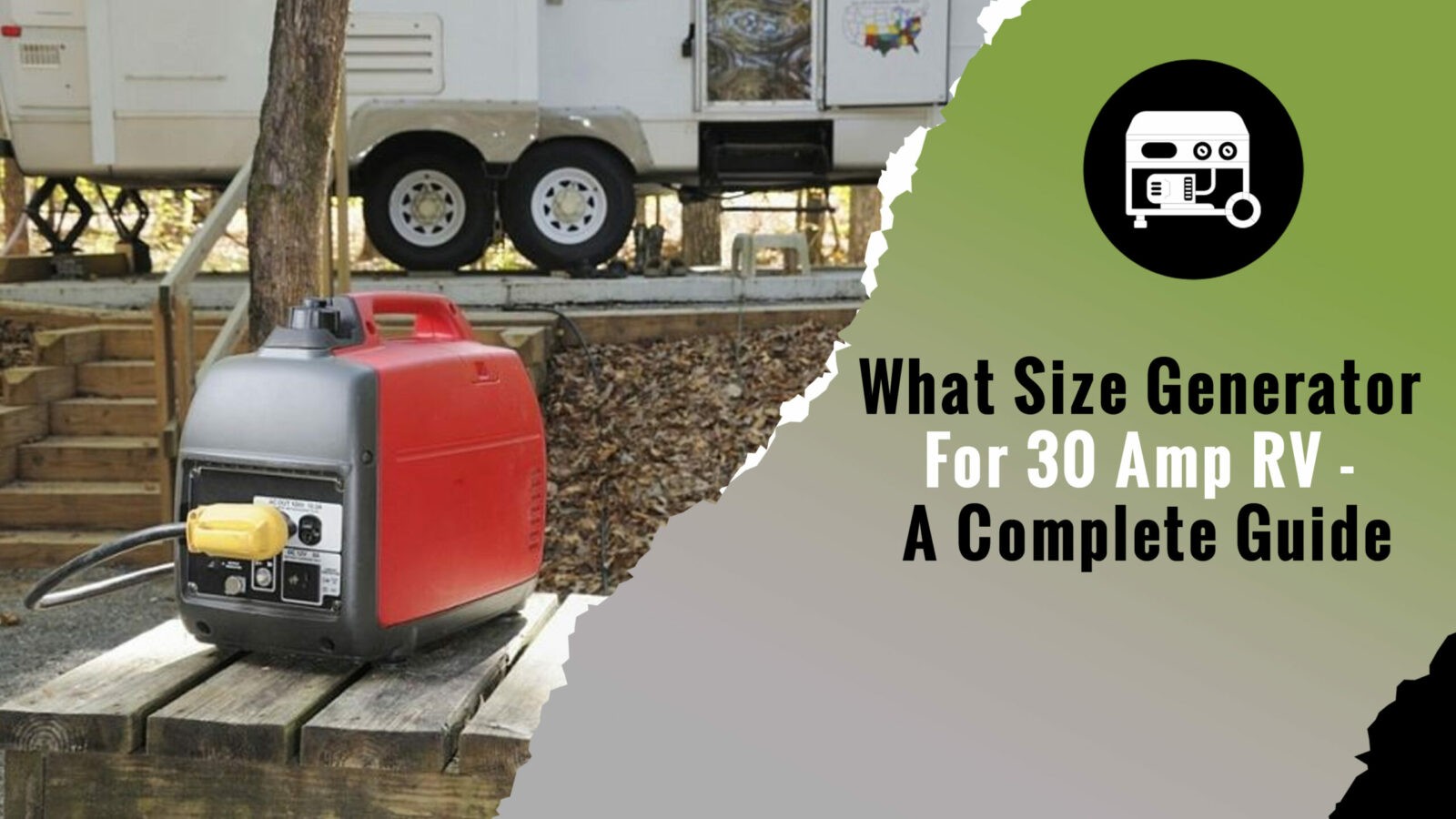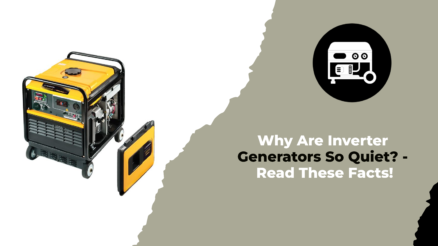Electricity plays a vital role in our daily lives in the modern age, so having a reliable source of power is essential. Inverter generators can simply transform your life, whether you are camping, facing a power outage, or working at a remote job site. But what exactly is an inverter generator, and how does it differ from conventional generators?
Wondering what an inverter generator does? Inverter generators combine the functions of conventional generators with advanced electronics to produce clean, stable, and efficient power. They use innovation to convert AC (alternating current) into DC (direct current), and then back into pure sine wave AC.
Furthermore, inverter generators are remarkably quiet, compact, and lightweight. Due to their advanced noise-dampening technology, they can be operated quietly even at night or in noise-sensitive environments. Also, they make power generation more sustainable and eco-friendlier by combining fuel efficiency, reduced emissions, reduced noise, and energy efficiency.
As we explore inverter generators in detail here, we will learn more about the mechanics, benefits, applications and pros and cons of inverter generators. This article is for anyone considering an inverter generator for power backup, whether you’re a camping enthusiast, homeowner, or outdoors professional.
Firstly, What is an Inverter Generator?
generators with advanced electronic technology to produce high-quality electricity that is reliable and easy to use. Inverter generators generate electricity in a multi-step process instead of generating power directly from an engine as conventional generators do.
Generators that convert AC (alternating current) power to DC (direct current) and then invert it back into AC (alternating current) are referred to as inverters. Electronic circuitry, such as rectifiers, capacitors, and transistors, facilitates this conversion process. With the resulting power output, laptops, smartphones, and medical equipment can be powered safely and safely.

Adaptability is one of the key features of an inverter generator. With inverter generators, the engine speed automatically changes to match the load. It reduces noise levels, increases fuel efficiency, and prolongs runtime.
For the easy transportation of inverter generators, they are often equipped with handles or wheels. In addition, they provide a variety of outlets, such as standard AC outlets, USB ports, and sometimes DC outlets.
How Do Inverter Generators Work?
First of all, a rectifier is used in inverter generators to transform the AC power from the alternator before sending it to the control panel. Rectifiers convert AC power to DC (direct current). DC power is then converted back to AC power by the computer inside the generator. Hence, they’ve named inverter generators.
At last, the AC power is sent to the control panel before it can be used to power any equipment connected to the generator. With the power now “cleaned”, all sensitive devices and smart devices are safe to use.
Here’s how an inverter generator works
- Fuel is converted into mechanical energy by the engine of the inverter generator.
- Then, a rotor inside an alternator generates AC power by using the mechanical energy produced by the engine.
- Now in order to convert AC power from the alternator into DC, the alternator sends its AC output to a rectifier.
- From the rectifier, AC power is converted back into DC power through an inverter.
- Finally, the inverter sends AC power to the generator’s outlets so electrical devices can be powered.
Types of Inverter Generators
There are two types of Inverter Generators: Open frame and closed-frame generators.

Open-Frame Inverter Generators
Compact and lightweight, open-frame inverter generators are also known as portable inverter generators. Their frame construction is minimalistic, exposing internal components and the generator engine.
There are several advantages to an open frame design, including greater portability and easier access for maintenance and service. In comparison to closed-frame generators, these models are typically more affordable. However, the open frame provides less sound insulation, so they are louder. Furthermore, the open design makes them more susceptible to dust and moisture, so they must be stored and operated with additional precautions.
Closed-Frame Inverter Generators
Inverter generators with closed frames are also known as enclosed or conventional generators and have fully enclosed engines and internal components. Their enclosures are designed to reduce noise, increase durability, and provide protection against environmental elements.
The soundproof housing of closed-frame generators makes them well-suited for applications such as camping or residential areas where quiet operation is essential. Also, they provide better protection against dust, debris, and moisture, and hence, their service life is extended.
The downside of closed-frame generators is that they tend to be heavier and bulkier than open-frame models, making them less portable and more difficult to maintain.
It depends on the user’s specific requirements and preferences whether to use open-frame or closed-frame inverter generators. Generators with open frames are better suited to applications requiring portability and affordability, while generators with closed frames are better suited to scenarios requiring noise reduction, durability, and environmental protection.
Normal Generators Vs Inverter Generators
There are a lot of factors that create the scenario of normal generators Vs inverter generators. Let’s take a detailed look at these factors.
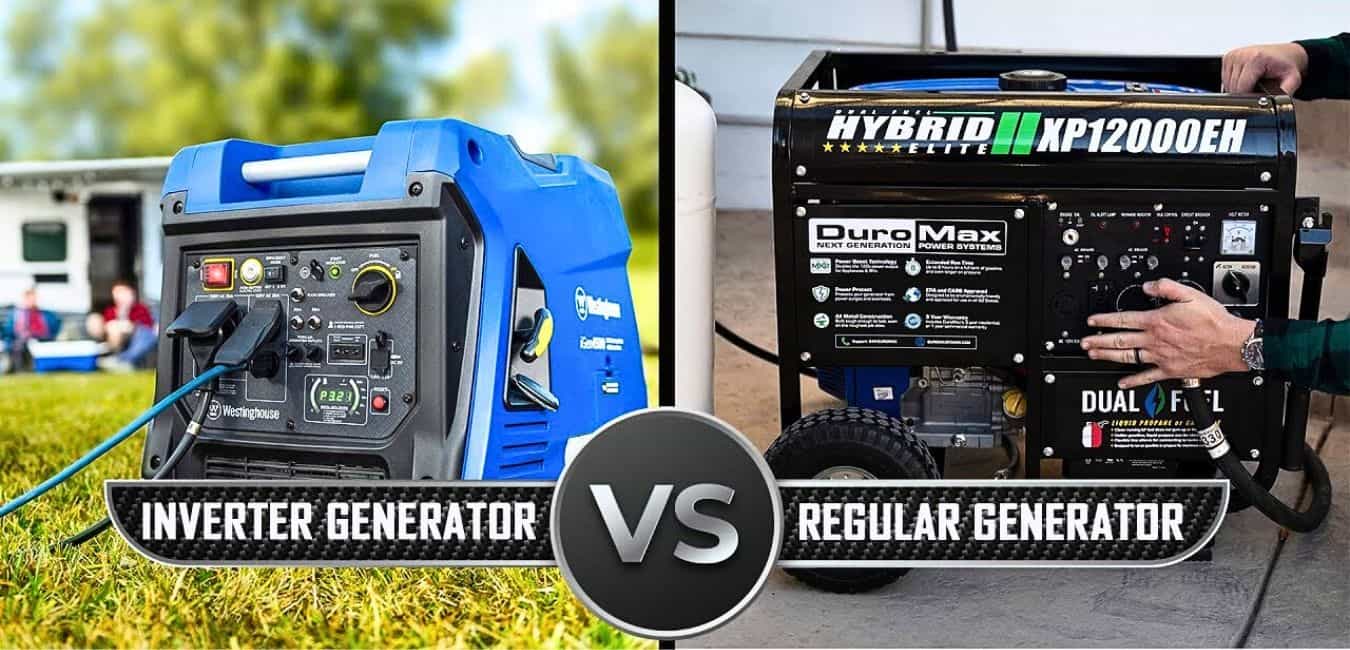
- The Noise Levels
Noise levels produced by conventional generators are usually higher than those produced by inverter generators. The main reason for this is the way they work. Conventional generators have a fixed engine speed, usually running at 3600 RPM (revolutions per minute) or a similar constant speed. Regardless of the power demand, the engine runs at a fixed speed.
As a result of their fixed speed, conventional generators generate more noise. Since the engine operates at high speeds continuously, it produces more noise, making it less suitable for environments that are sensitive to noise.
On the other hand, inverter generators produce less noise. They are designed with advanced sound-dampening mechanisms and innovative engines to significantly reduce noise levels. The engine speed of an inverter generator can be adjusted based on the power demand as a result of variable engine speed technology.
By automatically adjusting the engine speed, inverter generators can operate more quietly. During low power demand, the engine runs at a lower speed, reducing noise. While on high power demands, the engine runs at a higher speed. However, the speed still remains lower than that of conventional generators.
- Parallel Compatibility
Conventional generators can vary in terms of their parallel running capability. You can connect conventional generators in parallel using parallel kits or special cables if they are designed with parallel running capabilities.
It should be noted, however, that not all conventional generators can operate in parallel. When parallel running is not possible for conventional generators, trying to connect them can cause synchronization issues, potentially damaging them.
While in the case of Inverter generators, it is generally more convenient to run them in parallel, as they are designed to work seamlessly this way. A parallel running capability is built into most inverter generators, or parallel kits are available to purchase. The kits typically come with cables or connectors that allow you to connect two or more inverter generators together.
Parallel operation of inverter generators is well suited to their advanced electronic circuitry, which maintains stable voltages and frequencies. With synchronized power output, the generators or connected devices are not at risk of damage.
- Fuel Efficiency and Run Time
There are many factors that affect the run time of conventional generators, including fuel efficiency, tank capacity, and power output. The larger fuel tanks of conventional generators allow them to operate without refuelling for longer periods of time.
However, they are less fuel efficient. At lower loads, conventional generators may consume more fuel than necessary since they run at a constant speed regardless of power demand. Therefore, conventional generators may have a shorter run time.
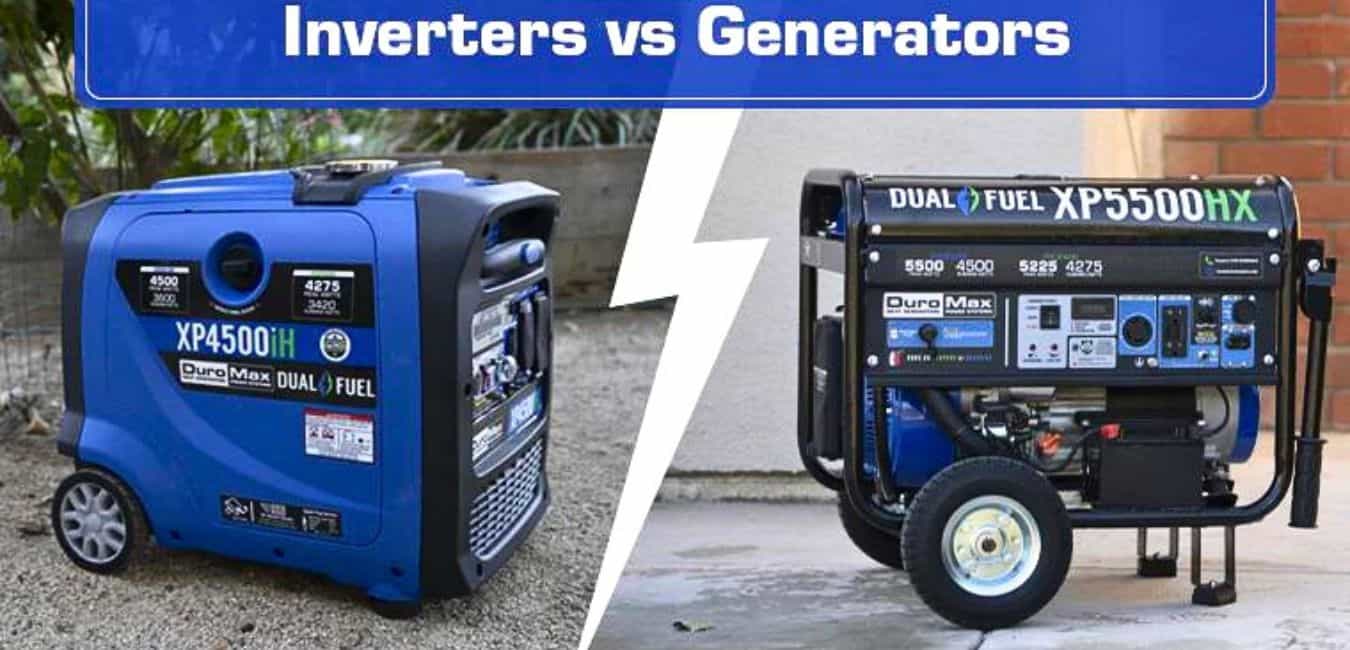
The run time of a conventional generator is also affected by its size and power output. Smaller generators with lower power outputs may have longer run times than larger generators with higher power outputs.
On the contrary, due to higher fuel efficiency, inverter generators are known for their long run times. Higher fuel efficiency is achieved with these generators due to their advanced engine technology, which adjusts the engine speed according to the power demand.
By supplying only the power necessary to connect devices, inverter generators optimize fuel efficiency and extend their running times.
Note that external factors such as fuel type and quality, altitude, temperature, and load can also affect the generator’s run time.
- Power Output
While standard generators generally have a higher power output than inverter generators, inverters tend to produce cleaner electricity. This is particularly important when you need to power devices that are sensitive to electricity.
If you try to charge your smartphone or use your computer with a standard generator, the electricity it produces may have high THD (Total Harmonic Distortion). This high THD can potentially harm your device. The maximum acceptable THD for sensitive electronics is usually around 5%. Higher THD levels can lead to voltage fluctuations and other electrical issues that can damage or disrupt the operation of sensitive electronic devices.
- The Cost
Conventional generators are typically more affordable compared to inverter generators. They have a simpler design and do not incorporate advanced electronic components, which helps keep their manufacturing and production costs lower.
Inverter generators tend to be more expensive compared to conventional generators. This is primarily due to the advanced technology and additional features they offer. The circuitry of inverter generators consists of inverters and voltage regulators that generate clean, stable power for sensitive electronic equipment.
It’s important to consider that while inverter generators may have a higher upfront cost, their benefits and features, such as fuel efficiency, noise reduction, and clean power output, can provide long-term savings and added value.
Are Inverter Generators Portable?
Yes, inverter generators are generally portable. In fact, a key advantage of inverter generators is their portability. The compact design, lightweight, and ease of transport make them suitable for applications that require mobility.
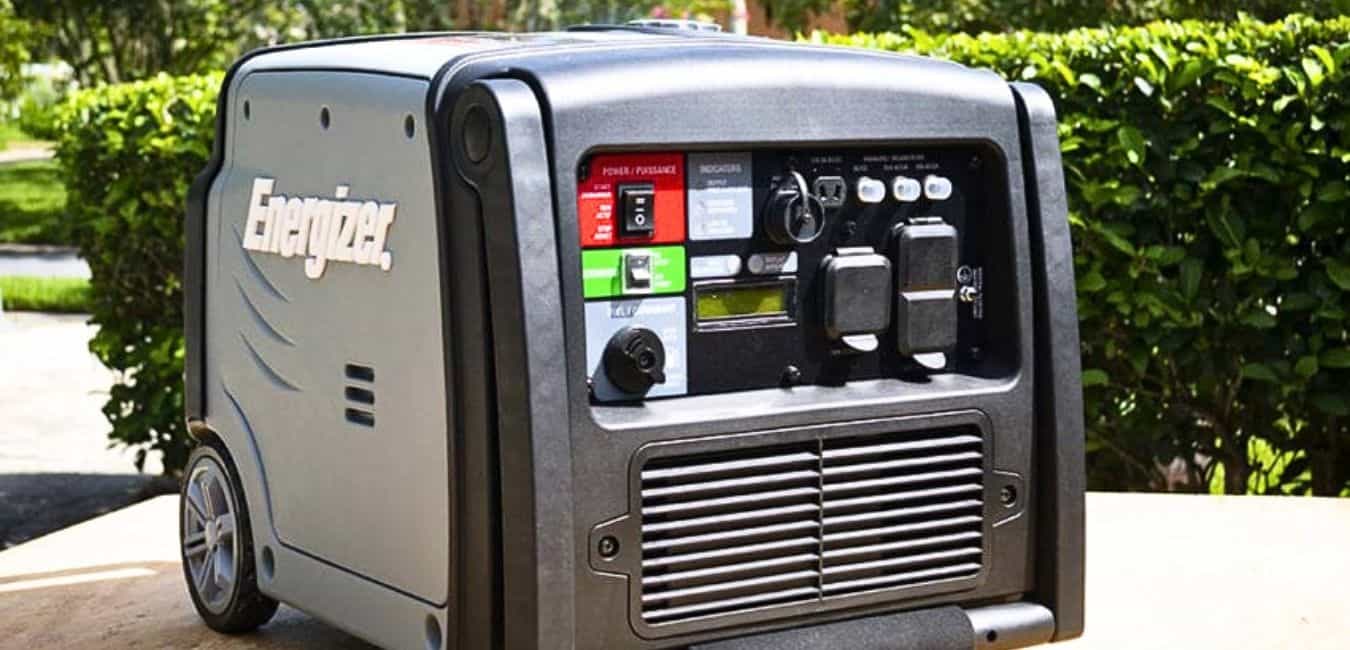
Generators with inverter technology are often designed with handles, wheels, or carrying handles, which make them easier to move around. With inverter generators, users can easily transport them wherever they need power, whether they’re going camping, attending outdoor events, or using an RV.
Can Inverter Generators Reduce Fuel Consumption?
Compared to conventional generators, inverter generators can help reduce fuel consumption due to their fuel efficiency. Improved fuel efficiency is achieved by inverter generators in the following ways:
- Engine Speed Control: Inverter generators come with advanced engine speed control technology. The engine consumes less fuel when there is a low power demand. When the load increases, the engine speed adjusts accordingly. Inverter generators have features like smart throttle/eco modes that sense all these needs.
- Advanced Electronics: As mentioned earlier, inverter generators use sophisticated electronics and inverters to convert the generated AC power into DC and then back to AC with a pure sine wave output. The generator uses this technology to provide a stable and clean power supply to connected devices, reducing fuel consumption and maximizing energy usage.
Inverter generators benefit from these fuel-saving features and technologies, reducing overall fuel consumption.
Where Can You Use Inverter Generators?
Inverter generators are used for so many different purposes such as:
For Camping and Outdoor Activities
Campers, hikers, and outdoor enthusiasts love inverter generators. In addition to powering lights, charging devices, and running small appliances, portable generators can also fuel camping equipment including electric stoves, heaters, and air conditioners.
For Home Backup Power
When there is no power during a power outage, inverter generators are an excellent backup power source. If an emergency occurs, they can keep essential appliances running, such as refrigerators, sump pumps, medical equipment, and lights, so that you remain comfortable and safe.
At Construction and Job Sites
Construction sites or job sites where there may be limited access to electricity can benefit from inverter generators. For construction, repairs, or maintenance, they can power tools, lighting equipment, and other small machines.
For RV and Boating
Recreational vehicles (RVs) and boats commonly use inverter generators. In addition to supplying power for onboard electrical systems, they can also be used to charge the batteries.
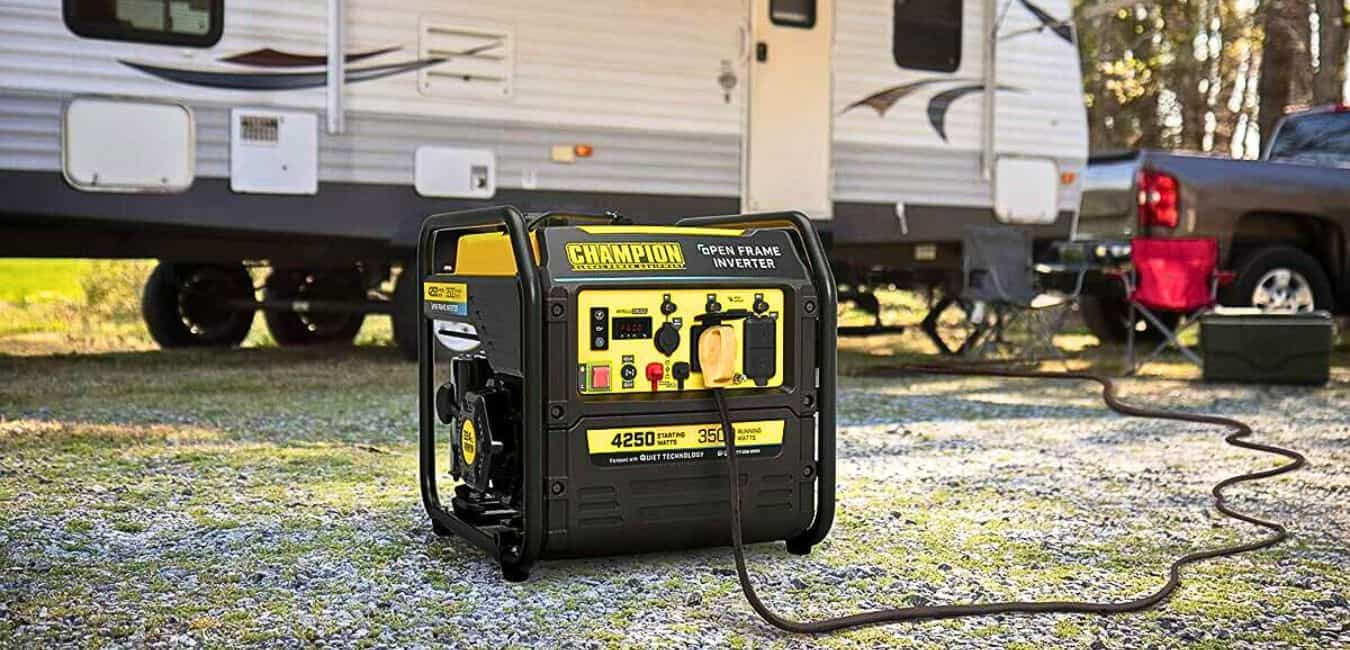
At Tailgating and Outdoor Events
Tailgating parties and outdoor events often use inverter generators. Electric coolers, TVs, portable grills, and sound systems can also be powered by these generators.
In Mobile Businesses
The inverter generator is the ideal power source for mobile businesses such as food trucks, market stalls, and vendors operating at fairs or events. Electricity can be supplied to cooking equipment, lights, cash registers, etc.
Sensitive Electronics
Clean and stable power is produced by inverter generators with a low Total Harmonic Distortion (THD). Because of this, they can power sensitive electronic devices, such as laptops, computers, smartphones, and gaming consoles, that are susceptible to fluctuations in power quality.
Is It Safe to Keep Inverter Generators Indoors and How Do You Connect Them to Your House?
Not at all! Regardless of how small and harmless an inverter generator looks; it has a combustion engine inside that can release exhaust gases that are poisonous and deadly.
Inverter generators cannot be used inside homes, whether it is in detached garages, sheds, open garages, under decks, or within 15 feet of a house. Exceptions to this rule do not exist. This has caused people to die, and there is no acceptable solution.
For connection, extension cords, convenience cords, wall kits, or manual transfer switches can be used to connect an inverter generator to your house. Hooking up an inverter generator to your house is no different than hooking up a regular portable generator.
Because an inverter only powers a few items, most people won’t hook one up to their house. Occasionally, inverter generators have been connected to furnace system circuits by manual transfer switches during the winter to provide emergency heat.
Are Inverter Generators More Expensive?
Yes, inverter generators are generally more expensive compared to conventional portable generators. Their features like advanced technology, fuel efficiency features, noise reduction mechanisms, compact design, and clean power output contribute to the higher price tag of inverter generators.

While they may have a higher upfront cost, there’s no doubt that their benefits make them a worthwhile investment for those seeking reliable and high-quality power in various applications.
Pros of Inverter Generator
Here are the pros of inverter generators.
- Compact and lightweight design for easy portability.
- Lower emissions compared to conventional generators.
- Clean and stable power output suitable for sensitive electronics.
- Fuel efficient, adjusting engine speed based on power demand.
- Ideal for camping, outdoor activities, and tailgating.
Cons of Inverter Generator
Here are the cons of inverter generators.
- Generally, more expensive than conventional portable generators.
- Limited maximum power output compared to larger generators.
- May not be suitable for heavy-duty power needs.
Some Safety Tips You Shouldn’t Miss Out On!
No matter how old the user of generator you are, safety should never be taken for granted. Keep safety tips and precautions always in your mind whenever you work with generators.
- Never connect an inverter generator directly to your home or building’s electrical system unless it has been properly installed by a qualified electrician with a transfer switch.
- Electrical appliances should always be plugged directly into the generator using the cords provided by the manufacturer or grounded (3-pronged) extension cords. Check the cords for any damage or cuts.
- Use GFCIs, especially in wet or damp areas, to prevent electrical accidents. GFCIs automatically shut off power if they detect an abnormal electrical current.
- Never use an inverter generator indoors or in enclosed spaces like garages, crawl spaces, or basements. Even if you open windows or doors, it may not prevent the buildup of carbon monoxide (CO) gas.
- Keep fuel containers away from any devices that produce flames or heat, including the generator itself, water heaters, cigarettes, lighters, and matches. Ensure proper ventilation when storing fuel.
- Place the inverter generator on a stable and level surface to prevent tipping or accidents.
- Allow the generator to cool down before refuelling to avoid the risk of burns or fire.
- Regularly inspect the generator for any signs of damage or wear and have it serviced by a professional if necessary.
- Follow the manufacturer’s instructions and safety guidelines provided with the inverter generator.
Read for the generator maintenance tips here.
What is an Inverter Generator – FAQs
Wrapping Up!
In a nutshell, inverter generators are a modern and versatile power solution that provides clean and stable electricity for various applications. Ending today’s article here, hoping that we’ve been helpful in providing our readers with the information they needed!


